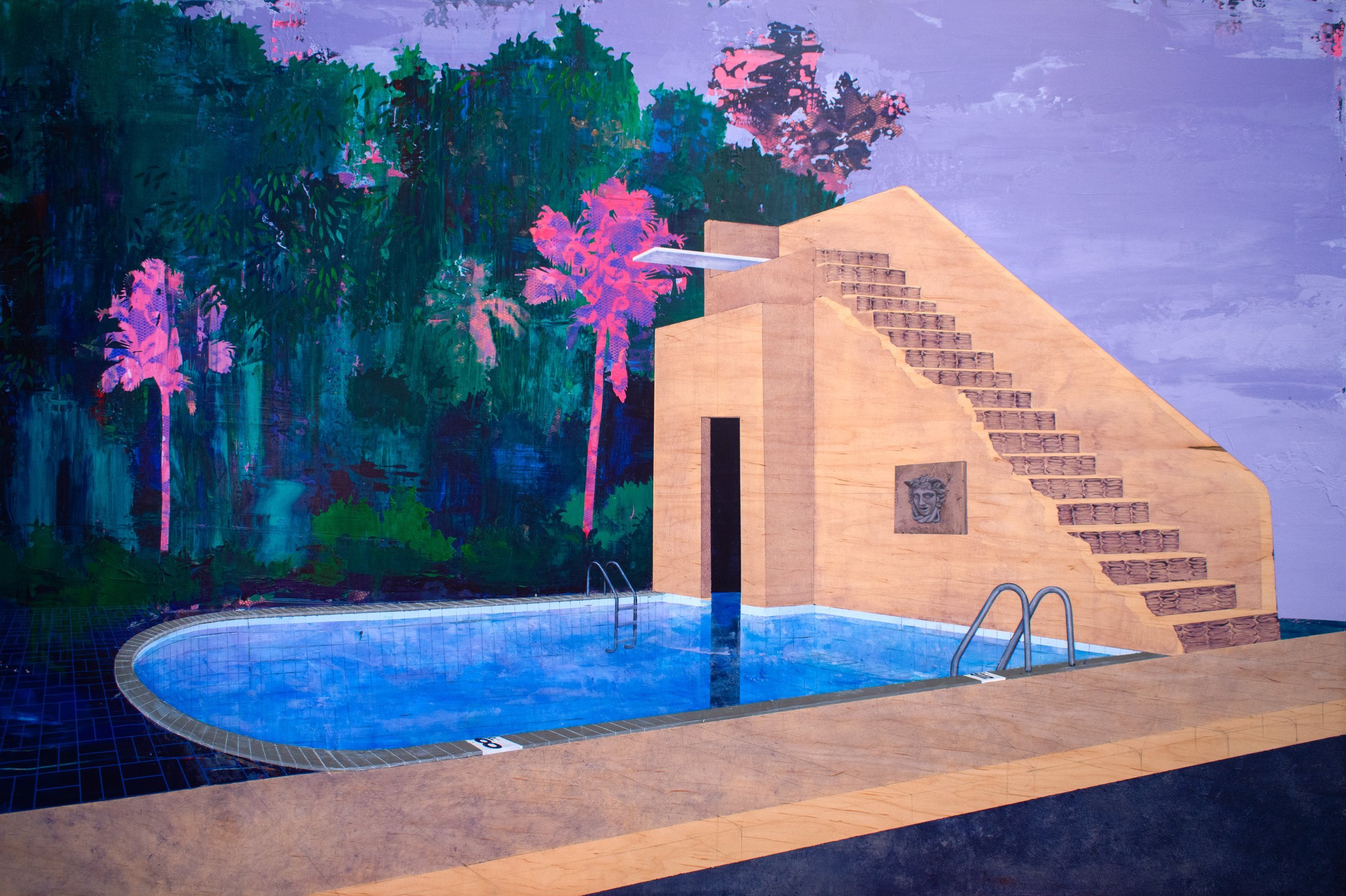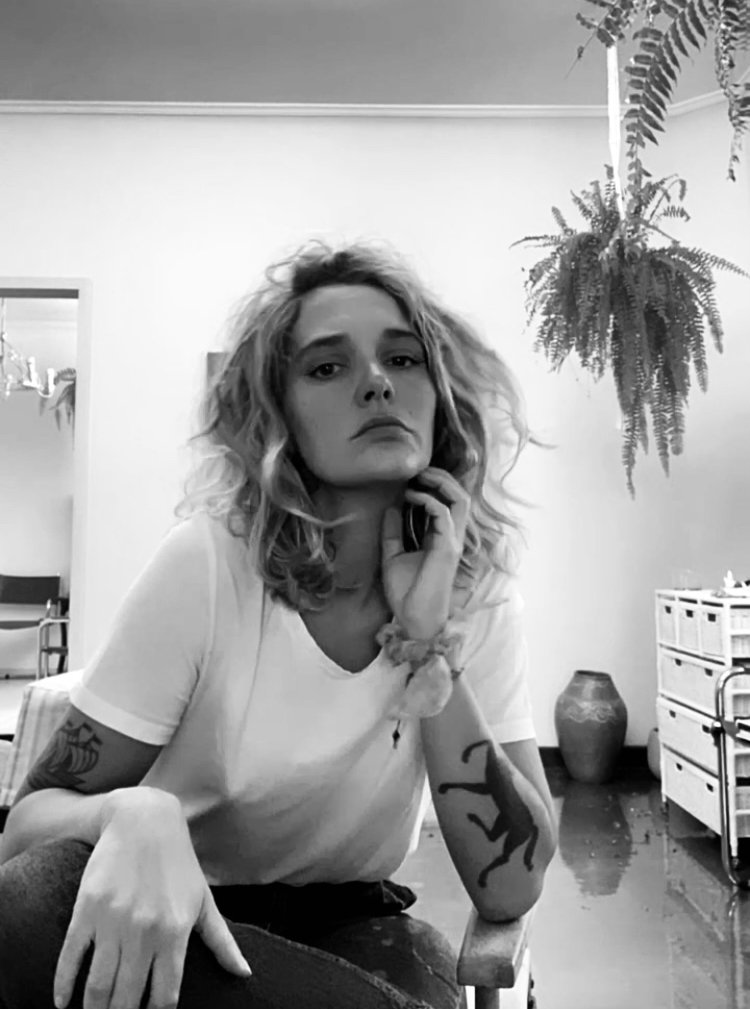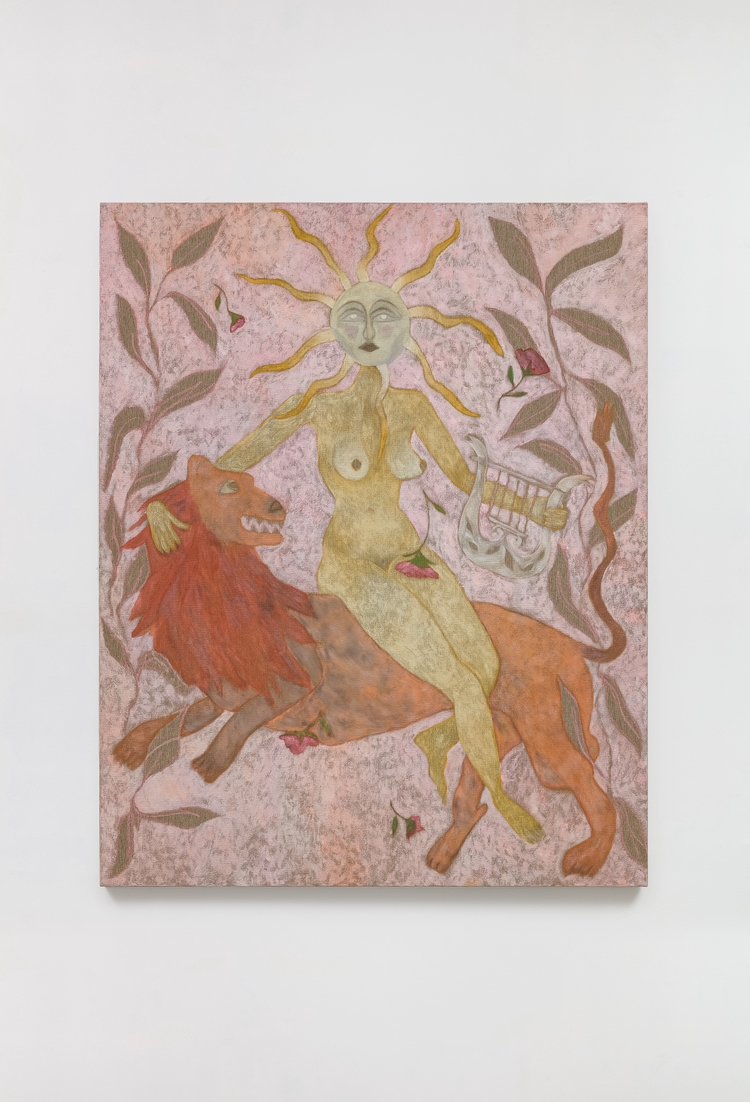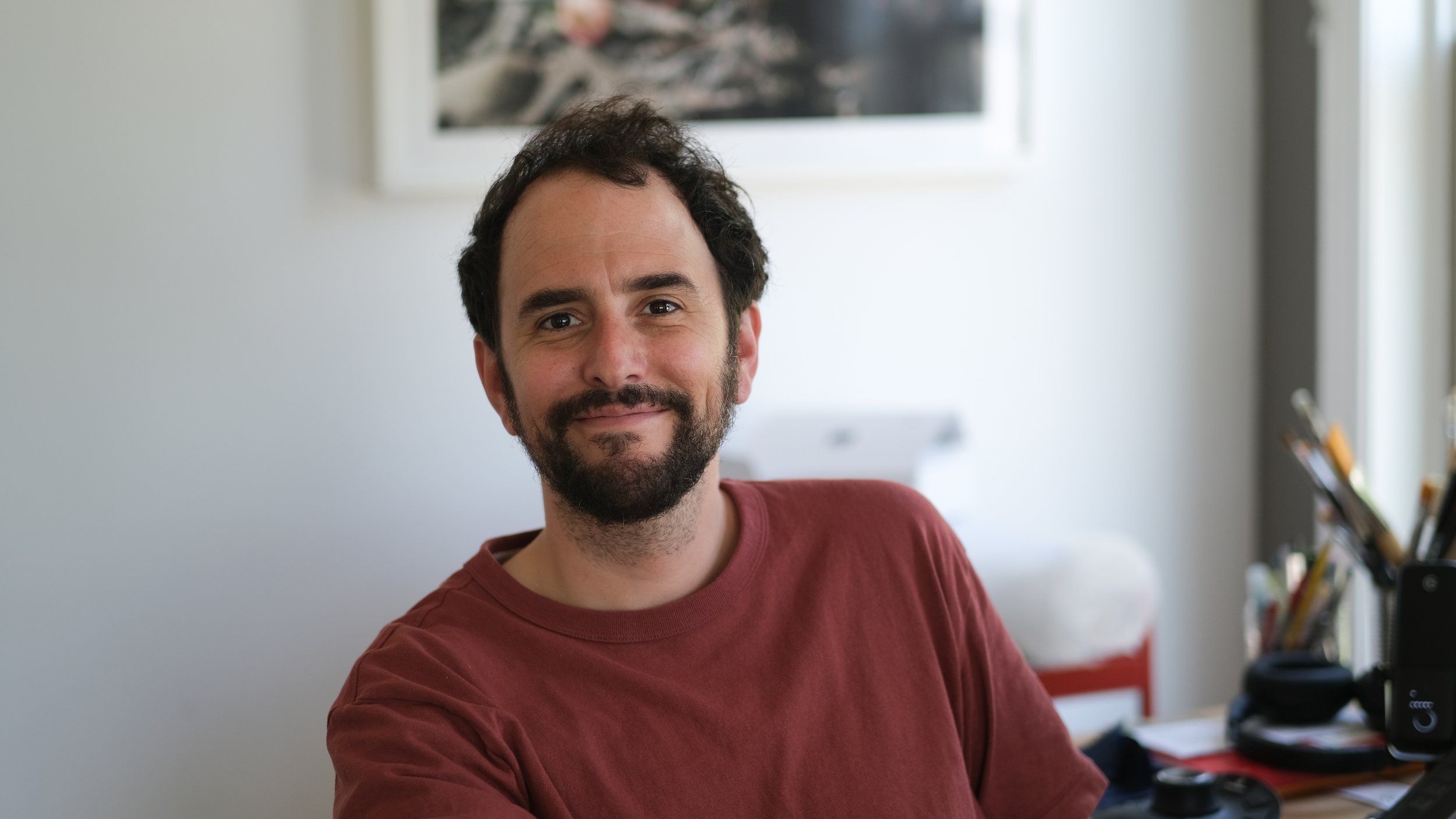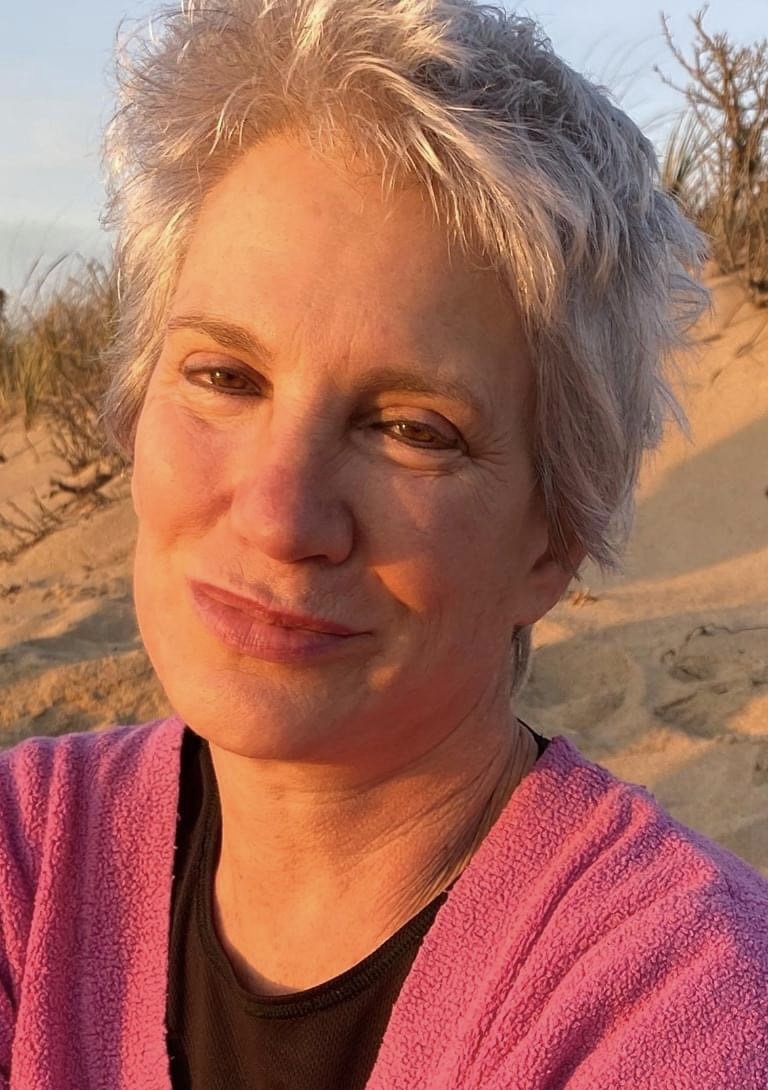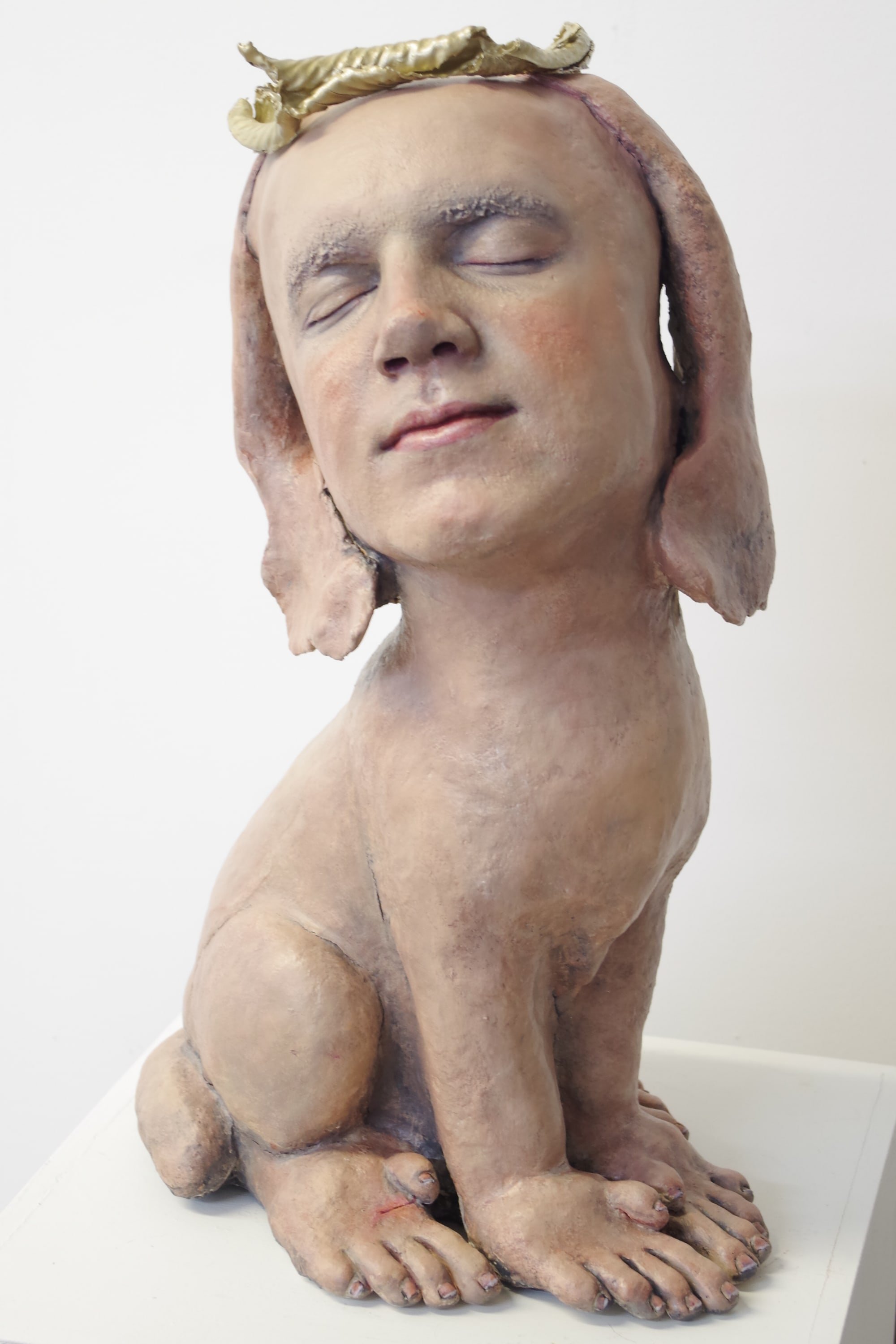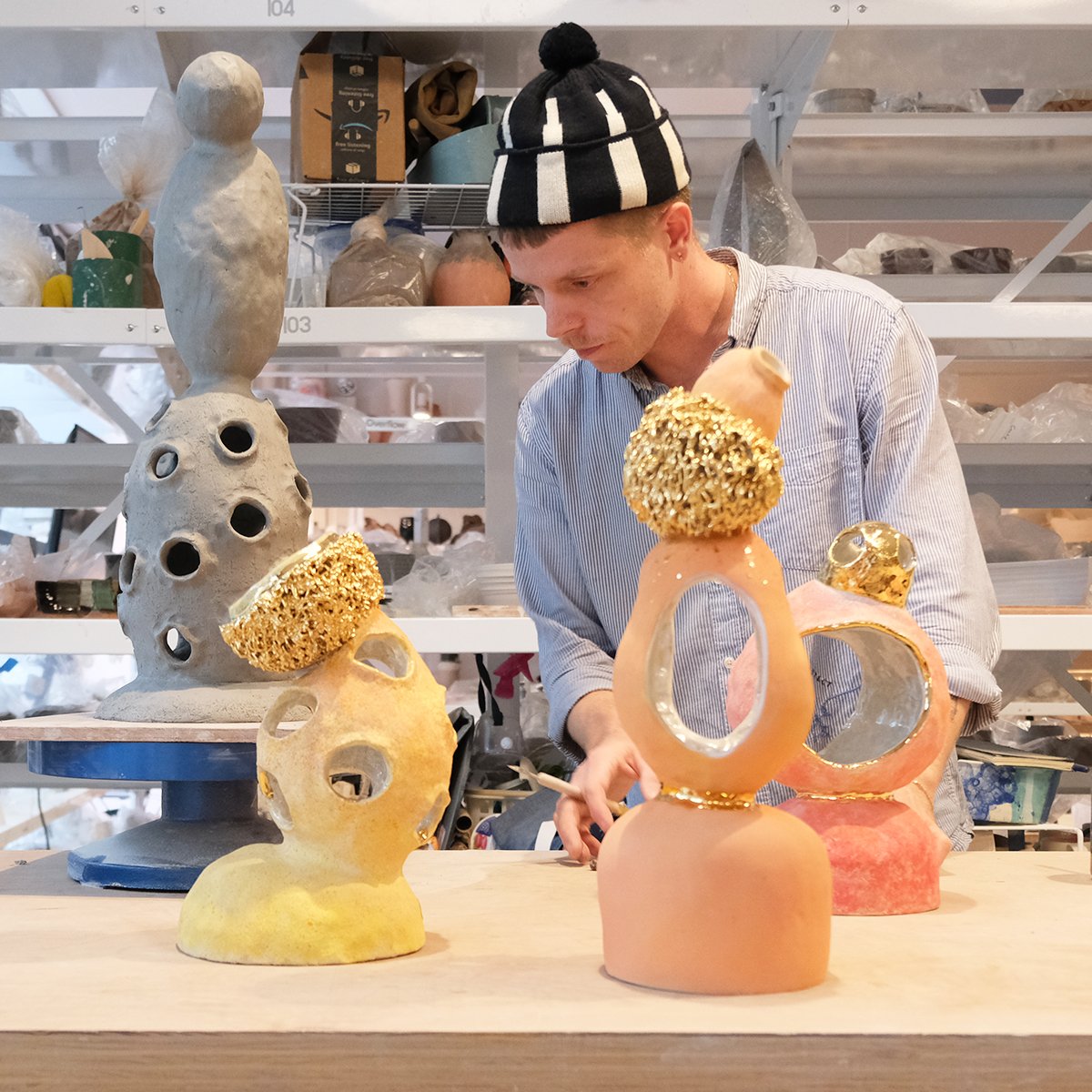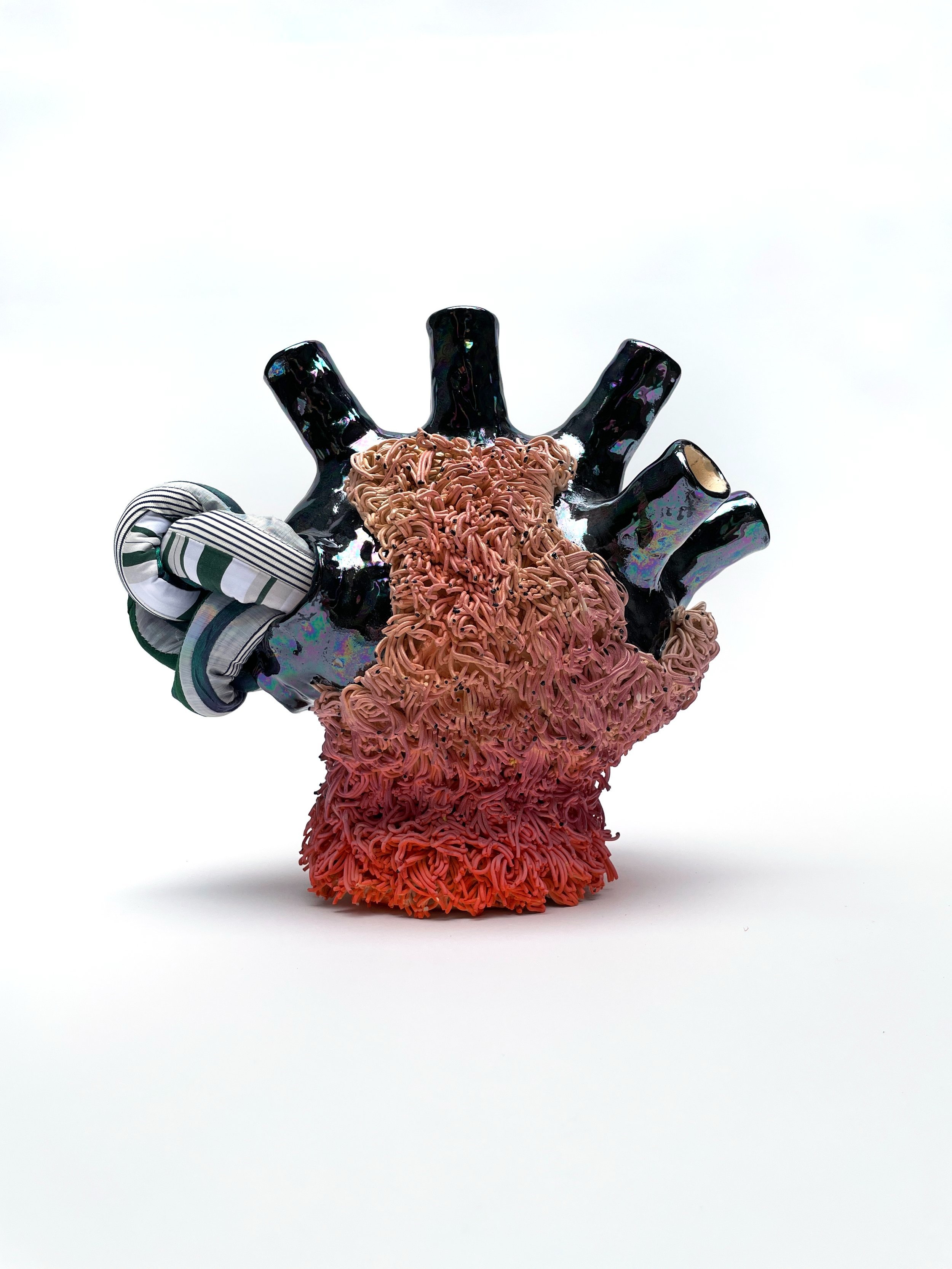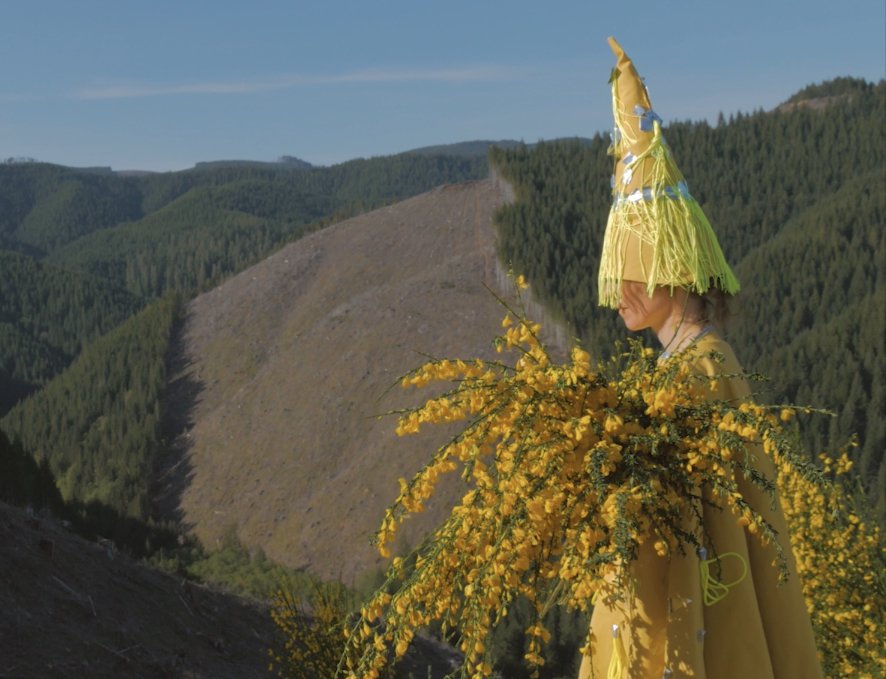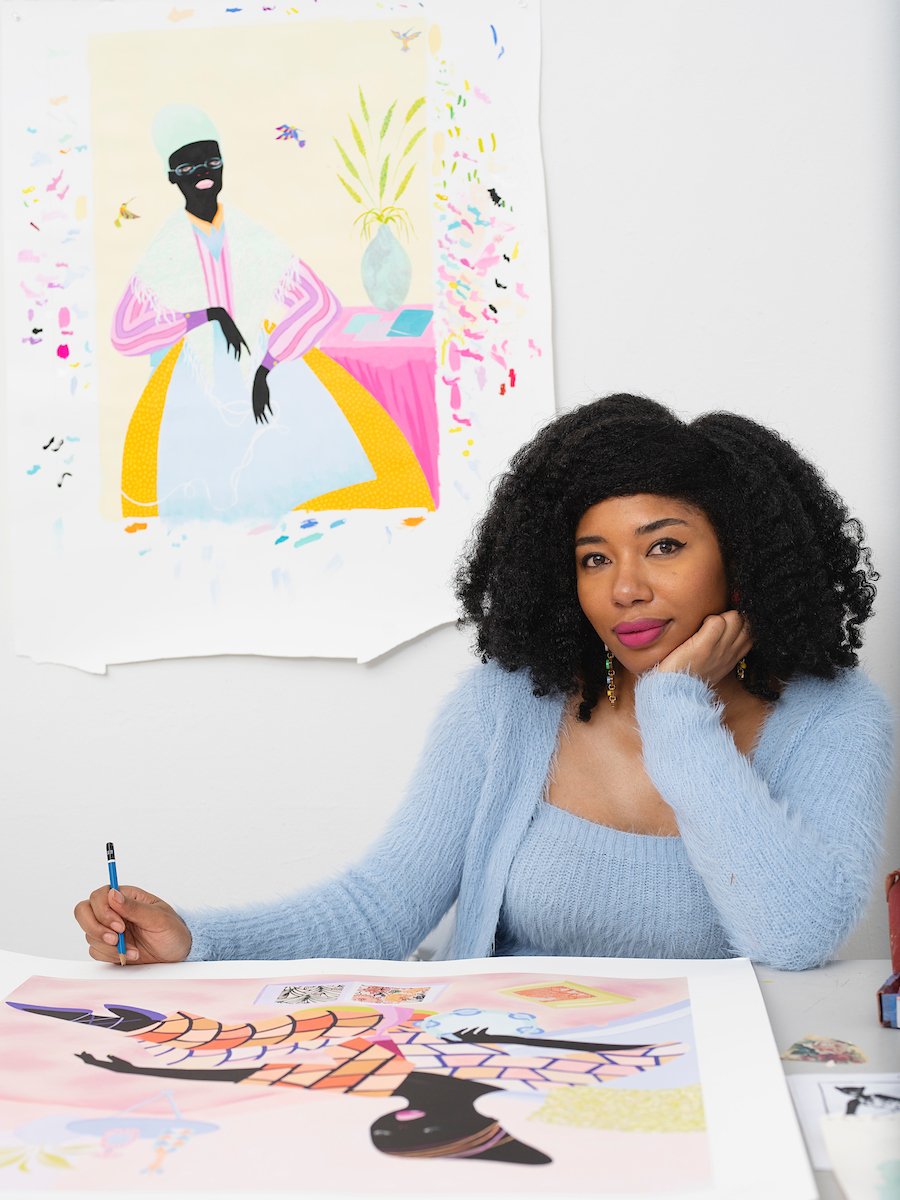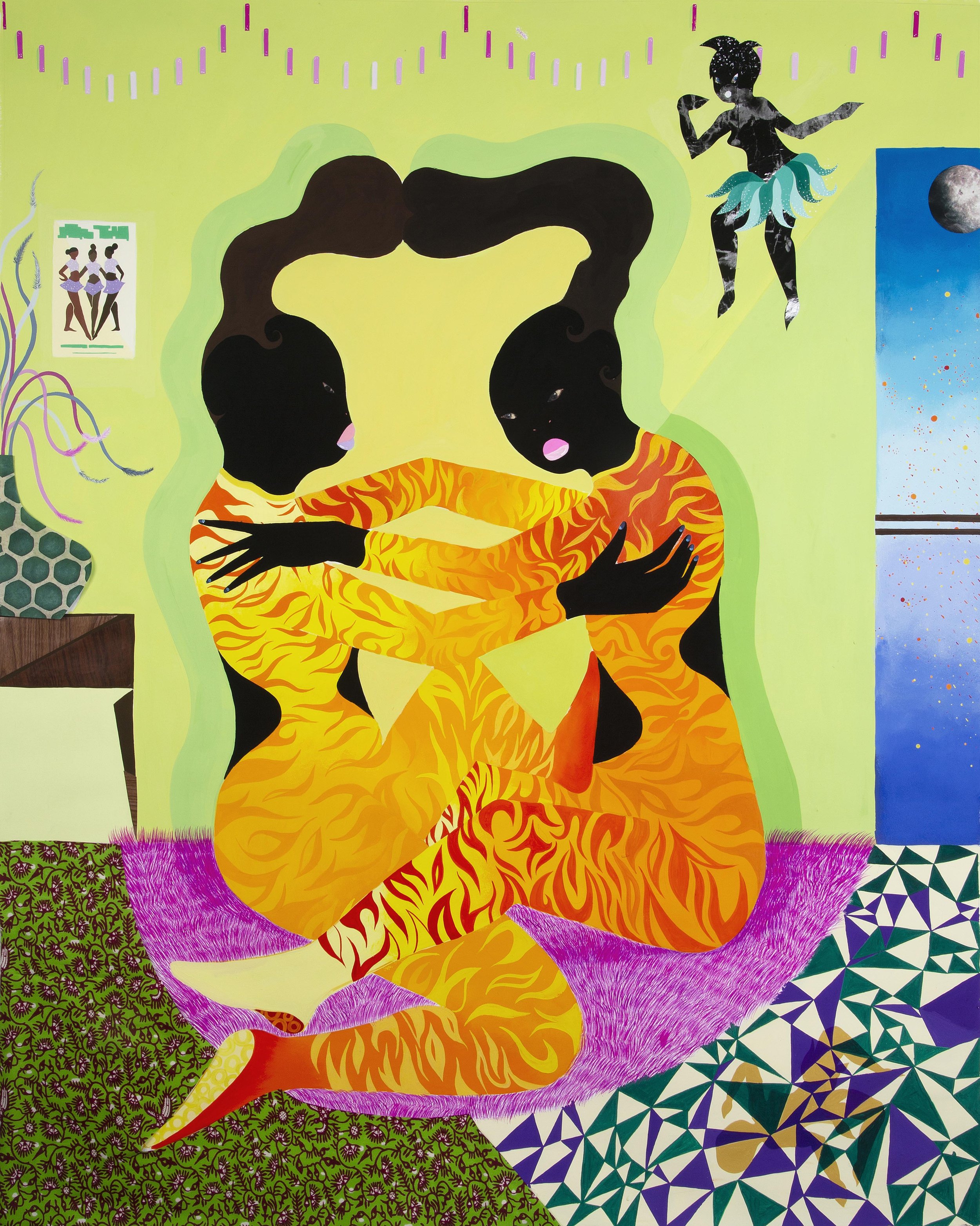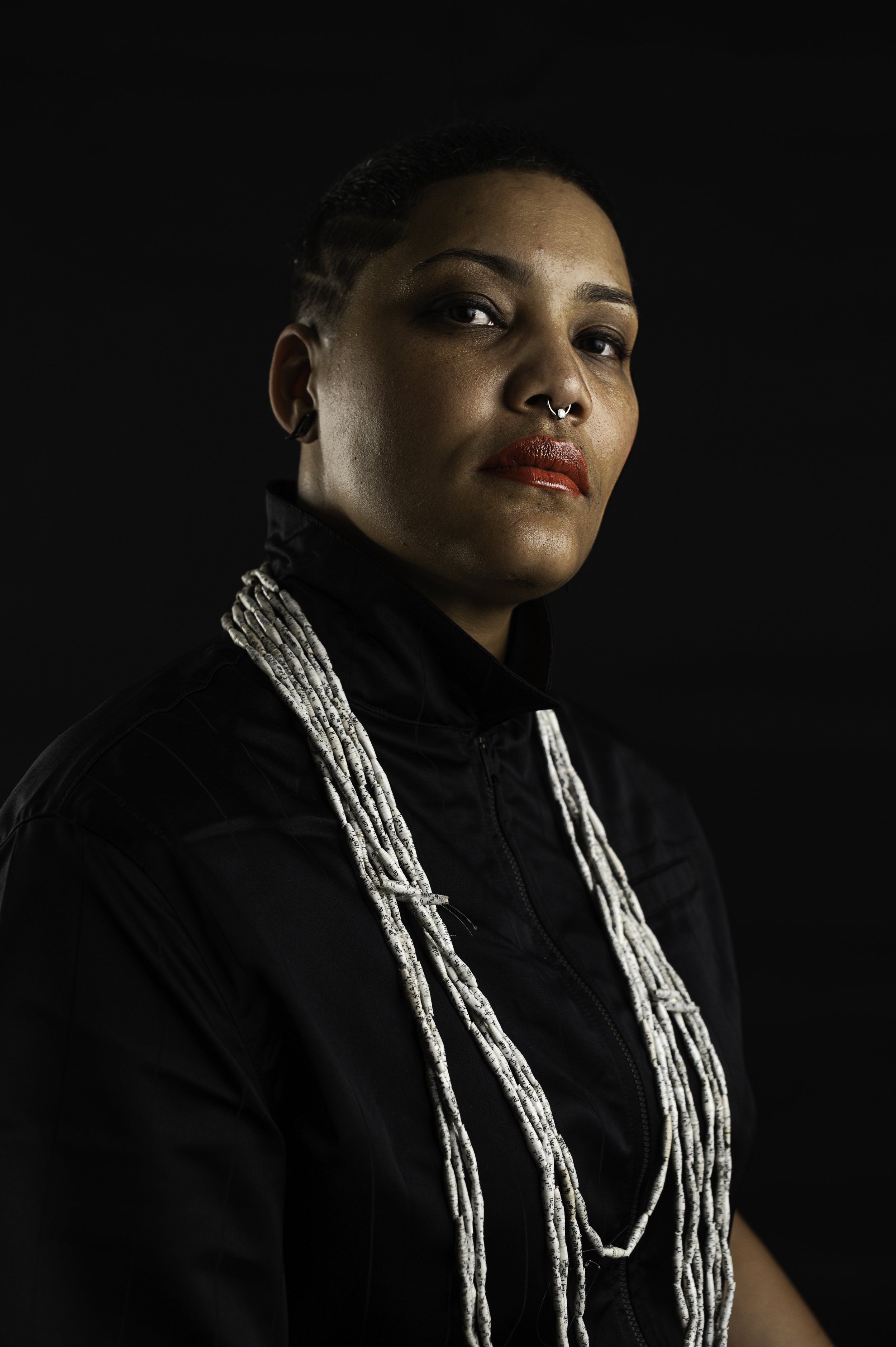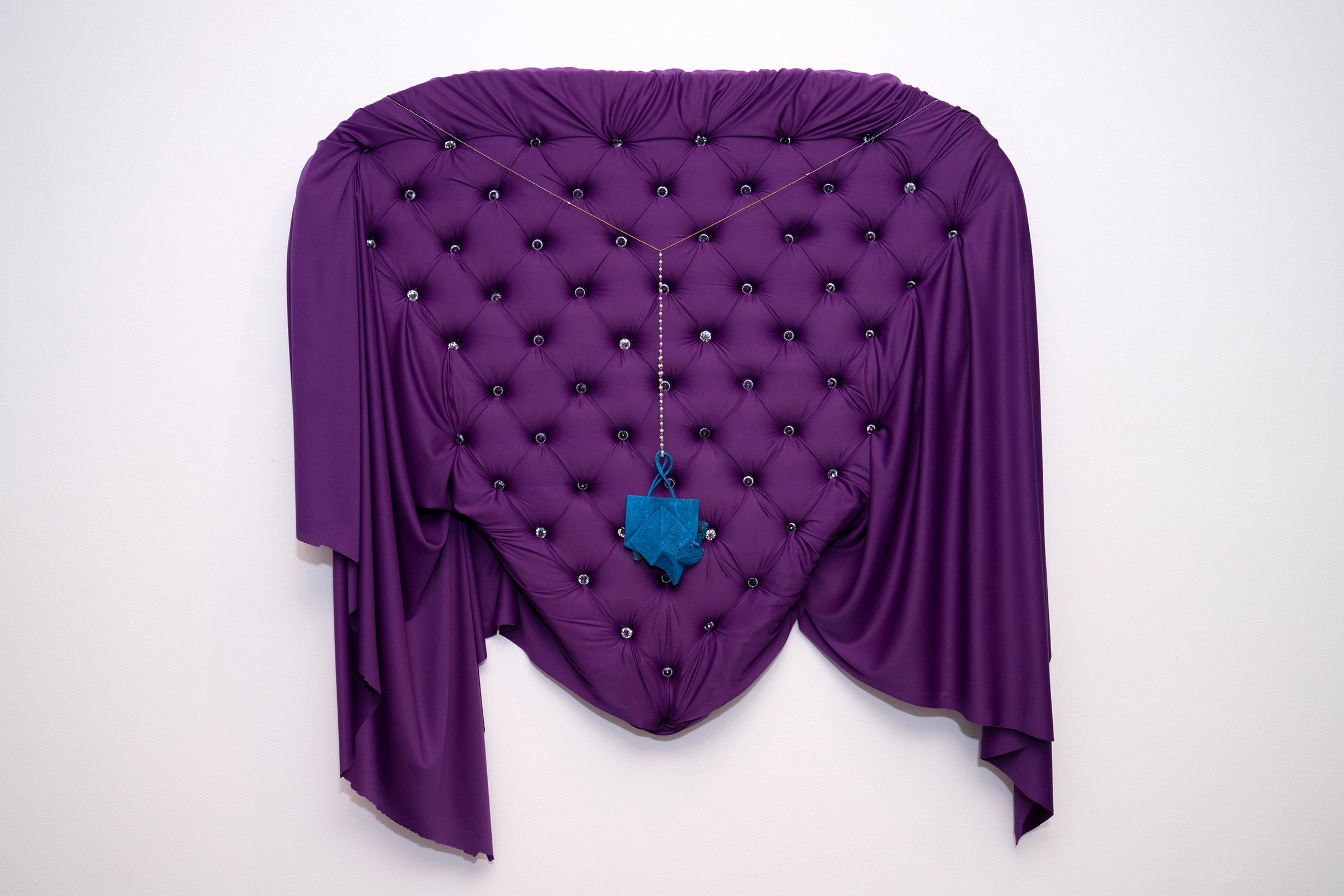Meet this month’s artists-in-residence!
Residency session: August 23rd - September 19th, 2023
AND MARK YOUR CALENDARS FOR THIS MONTH’S OPEN STUDIO:
THURSDAY, SEPTEMBER 14TH FROM 5-7PM
Natalia Sánchez Cruz
Arecibo, Puerto rico
Natalia Sánchez was born in Bayamón, Puerto Rico in 1992. She received her BFA at Columbus College of Art and Design in 2015 and based herself in Columbus, OH for seven years. During this time , she had her studio at Blockfort Columbus, participated in organizing artistic and cultural events, exhibited in group shows, and grew a network of colleges, patrons and collectors. After Hurricane Maria, she returns to Puerto Rico re-rooting herself in the town of Arecibo where she continues to develop her painting, multimedia and community engagement practices. These expressions are influenced by architecture and urban planning in her immediate landscape and by the psychological implications of the built environment and the human psyche.
Sánchez received the NALAC Fund for the Arts Grant in 2019 and with it developed an audiovisual documentary titled “País Espejo” about Arecibo’s history focused in its urban planning or lack thereof. It integrates the narratives of elders in the community, as well as historians and other community leaders. She had a solo show in Arecibo’s Casa Ulanga were together with a body of paintings showcased “Pais Espejo” back to her community. In 2021 she exhibited in the group show “ A Diasporic State of Mind" at Praxis Gallery in Chelsea, New York. In 2022 she had a solo show at Kilometro 0.2 in San Juan, Puerto Rico. Shortly after exhibiting in the Kilometro 0.2 group show “Once Upon a Time” In 2023. She is currently exhibiting two pieces in Mexico City at Adhesivo Contemporary in a group show titled "Servicio a Domicilio".
Camile Sproesser
Sao Paolo, Brazil
Camile Sproesser’s paintings cross personal and fantastic narratives simultaneously. In compositions that stands out for their colours, the artist invokes the symbolic potential of animals, women and other creatures of nature and culture to create an unique imaginary world. Among portraits, visions and tarot arcana, Sproesser’s poetic universe is mysterious, satirical, playful and fearless. In drawing references from a vast literary and mythological source, the artist blends stories from the past with a feminist gaze in the present day. In this sense, the images conjured on her canvases do not establish objective judgements on the subjects they address, preferring to reverberate humours closer to instinct and opening possibilities for the spectator to unravel the narratives.
Cristobal Cea
somerville, Massachusetts
“I work with different mediums: from 3D animation to oil painting: probably because I don’t believe in disciplinary boundaries, and also because I am particularly skeptic in regards to hierarchies of knowledge: artmaking is a materially and conceptually diverse practice, and navigating the commons between digital and analogue practices is something that I appreciate immensely.
Perhaps that is why my work is rooted within the historical ambiguities and fluid boundaries that characterize my personal story and the history of Chile: abundant in myths, unspoken grievances and habits that seem really hard to break.
As if we were haunted.
My artworks are an intent on dispersing this hidden spell: unwinding media bias and ritual violence in Glorias, animating the ever-present specter of institutional violence in Hawker Haunted, or conjuring the contradictions of democratic transition through the voice of a transitional human.
Currently working on America Imaginaria: an encounter of undead and broken characters from American History -human and nonhuman- that might make some sense out of this situation…. Or not.”
Quincy, massachusetts
Maria Pinto is a writer, teaching artist, and mycophile. Her work has appeared in Frigg, Necessary Fiction, Word Riot, The Butter, and Dostoevsky Wannabe Cities: Boston, among other publications. She has been awarded fellowships and residencies by the Mass Cultural Council, The Writers' Room of Boston, The Mastheads, The Garrett on the Green, and Vermont Studio Center. She's a fiction editor at the multimedia journal Peripheries, a contributor to Rounglass Living, and the Community Programs Teaching Fellow at GrubStreet. She’s currently at work on a book inspired by fungi. Find her on Instagram @aravensgrace
Jamie Lehrhoff Levine
South Orange, New Jersey
The classical greek image of the mythological chimera was that of a monstrous, female, fire-breathing creature: an incongruous mixture of the head of a lion, the body of a goat, and the tail of a dragon. Humankind has imagined and portrayed fantastical creatures since the beginning of time. But today this ancient myth exists in biotechnologically engineered forms. The current scientific definition of ‘chimera’ is any organism composed of cells derived from at least two genetically different zygotes. Translation: featherless chickens (bred for ease of production); mice with human brain cells; hybridized creatures like the geep (sheep+goat), liger (lion+tiger), beefalo (buffalo+cow), and donkra (donkey+zebra). Most recently, the world’s first primate chimeras have emerged, created from several different species of monkey embryos. Human/animal chimeras are next.
My current body of work is inspired by these modern-day chimeras, however I pick up where science leaves off, fusing the animal with the human. Details and craftsmanship are key elements in my work, as I seek to create seamless, lifelike forms. I have cast, for example, the bodies of a raw chicken and a human doll baby in resin, taking pains to unify the seemingly ‘separate’ elements into plausible whole. Often, my creatures sport weird, disturbing, or unexpectedly sexy body parts. I have mixed the body of a giraffe with the cast head of a female mannequin, her face “made up” with false eyelashes and her mouth filled with acrylic casts of my own teeth. If viewers look into the mirrored tiles that cover the plinth on which she stands, they will see a reflection of the human vagina I placed on her underbelly. Overall, my hybrid creatures are vulnerable, whimsical, and can act as lighting rods for the viewer’s catharsis. Although grotesque, they appear utterly real. Questions seem to issue from their parted lips: “if I could talk, what would I say?” “Are you, as humans, ready to listen?”
Ak Jansen
Brooklyn, New york
Born in the Netherlands, based in Brooklyn - Ak Jansen’s ceramics, soft sculptures, and sewn drawings occupy queerness on poetic and political terms, and honor queer community’s ethic of creative self-making. Care and intimate relation are at the center of Jansen’s works; how does care manifest between subjects and objects? How does care create subjectivity? How does an artwork it/themselves acquire perspective, life, and history? Clay and fiber are materials with a rich history in art, craft and design, Ak’s practice is focussed on the in-between spaces of those disciplines, and how those spaces can be brought together through material by the human-hand.
Recent exhibitions include a solo show, WE’RE HERE, at Ivy Brown Gallery (NY); group shows at 601 Artspace (NY), South Etna (Montauk, NY), and Tchotchke Gallery (NY). He is a BFA graduate of the Design Academy Eindhoven in the Netherlands and a MFA graduate of Brooklyn College NY, and a Wolff Ravenal Fellowship recipient, and the inaugural recipient of the Corrine Holiber Szabo '54 Art Residency fellowship at Studios at MASS MoCA.
Jessie Rose Vala
Cheshire, Oregon
Jessie Rose Vala (born 1977, Madison, Wisconsin) is an artist working in drawing, ceramic, and video. She received an MFA from University of Oregon and a BFA in ceramic sculpture and painting from California College of the Arts in Oakland, California. Her work explores non-linear narratives and environments through an ongoing investigation of the shifting relationships to ourselves and our surroundings. Installation and multi-channel video allows Vala’s work to negate hierarchy, allowing for multiplicity of connections and realities.
Vala’s work has been exhibited nationally and internationally. She is currently a member of Well Well Projects in Portland Oregon and is a career faculty at University of Oregon.
Anthony DiPietro
Worcester, Massachusetts
Anthony DiPietro is a gay Rhode Island (USA) native whose career has been in community-based social justice organizations and arts administration. He earned a creative writing MFA at Stony Brook University, where he also taught courses and planned and diversified arts programming. He now serves as deputy director of Rose Art Museum in Waltham, Massachusetts. A graduate of Brown University with honors in creative writing, his poems and essays have appeared in numerous anthologies, reviews, and journals including Notre Dame Review, GUESTHOUSE, Scoundrel Time, and The Washington Square Review. His first chapbook, And Walk Through, a series of poems composed on a typewriter during the pandemic lockdowns, is now available from Seven Kitchens Press, and his full-length debut poetry collection, kiss & release, will appear from Unsolicited Press in February 2024. His website is www.AnthonyWriter.com.
”My debut poetry collection, kiss & release, like all my poetry, explores Eros, memory, queer identity, and social politics. Pulitzer Poetry Prize winner Diane Seuss, an early reader of the work, writes that the collection is driven by its intense voice. This voice is agitated, insistent, emotional; the persona questions everything it observes, and often has conversations with itself or an imagined other.
Anchored by the long poem, “Love Is Finished Again,” which revealed in seven “movements,” I think of kiss & release as a meditation on the way things happen over and over again: history repeats; politicians lie; lovers kiss goodnight each time they part. At the same time, it is a meditation on how forms decay: we break up and find new lovers; systems become corrupt; modern life is an allegory in which we replace everything with a newer, faster model.”
Grace Lynne Haynes
Brooklyn, New york
Grace Lynne Haynes is a Brooklyn based artist born in California. Her paintings examine the sacred lives and practices of Black women rooted in a mythology of her own making. Intricate moments are juxtaposed against flat, black swaths of paint shaped to represent female bodies. These paintings are situated from her own imagined world used to conjure an alternate universe. She explores ways in which women come together and in some cases fall apart through dance and acts of intimacy. These women are in close proximity to one another, however there is distance between them creating tension within their interaction. What happens when two bodies enter one space? Do they come together in the midst of an embrace or act out of inner turmoil? Through these invented and mythological beings Grace explores the complicated emotions that take place when women come together or embrace solitude. Grace values the tradition of African-American collage artists who’ve reclaimed figurative languages through found materials. Fabric, wallpaper, and photographs are collaged into her paintings with precision honoring this rich legacy. She then flattens the space within her paintings and reconfigures traditional formal systems through color, pattern and texture creating my own visual language.
Grace is an inaugural member of Kehinde Wiley's Black Rock Senegal residency, and has received a residency fellowship from the Vermont Studio Center, Virginia Center for the Arts, and MASS MoCA. She has had her work published on the cover of The New Yorker, and has been featured in WhiteWall Magazine, CNN Art & Style, Vogue, New American Paintings, the LA Times, and was featured in Daily Collector's "20 Painters Who Are Shaping the Next Decade." Grace has exhibited her work internationally in Africa and Europe, and will be having her first international solo exhibition in Italy fall of 2024.
Francheska Alcantara
Tulsa, Oklahoma
Francheska Alcántara is a queer Afro-Caribbean interdisciplinary artist based in Tulsa, OK. Their work explores material textures, detritus accumulations, and slippages between memories, and histories.
My work plays at the intersection of gesture, ritual, and myth within the Black diasporic imagination. I rework, repurpose, and transform artifacts such as brown paper bags, Hispano cuaba soap, dominoes, and organic residues through actions like sewing, folding, cutting, burning, and layering.
I use the subjective experiences of these artifacts or actions to interrogate how they create social meaning and cultural norms. These explorations point to slippages of self and tensions around colonial relations to exoticization while expanding our capacity for pleasure, refusal, and liberation.


